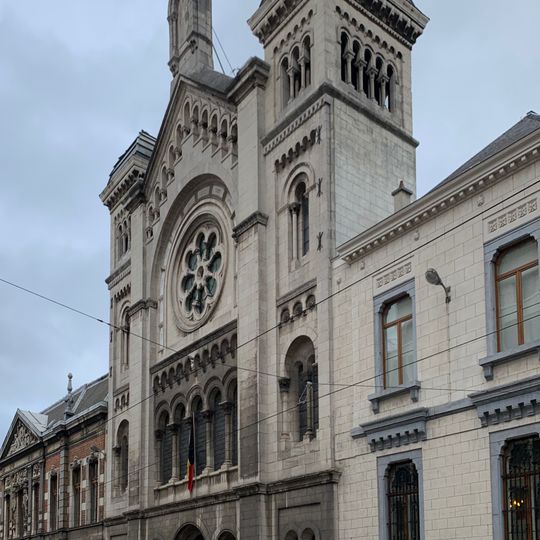
Great Synagogue of Europe
Great Synagogue of Europe, Main synagogue in Sablon district, Brussels, Belgium.
The building features Romanesque Revival architecture with round arches, bronze chandeliers, and stained glass windows created by Henri Dobbelaere.
Construction of this synagogue, completed in 1878, marked the establishment of a permanent Jewish place of worship following Belgium's recognition of Judaism in 1831.
The synagogue received its designation as the Great Synagogue of Europe in 2008, symbolizing a central point for Judaism similar to St Peter's Basilica.
The synagogue maintains regular prayer services, hosts community events, and offers guided tours to visitors interested in learning about Belgian Jewish heritage.
Four people sustained injuries during a terrorist attack at the synagogue in September 1982, attributed to the Abu Nidal Organization.
Location: City of Brussels
Inception: 1875
Architectural style: Romanesque Revival architecture
GPS coordinates: 50.83889,4.35500
Latest update: May 27, 2025 17:40
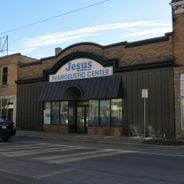
The neo-Moorish architecture developed in the 19th and early 20th centuries, driven by European interest in oriental forms. This architectural movement combines Western building elements with Moorish decorative motifs: horseshoe arches, carved arabesques, geometric mosaics, and ornate stuccoes. This stylistic synthesis appears in a variety of structures, from places of worship to private residences, theaters, and city fortifications. The collection gathers representative examples from across Europe and beyond. In Marseille, the Alcazar Grand Theatre has displayed a façade decorated with oriental patterns since 1857. The Great Synagogue of Brussels, inaugurated in 1878, demonstrates the adoption of this style in Belgian religious architecture. In Germany, Drachenburg Castle near Bonn incorporates Moorish elements into a late 19th-century villa. The movement also reaches unexpected locations: Brighton’s Royal Pavilion blends Indian and Islamic influences for a British royal seaside residence, while rural farms in Hälsingland, Sweden, include ornaments inspired by this orientalist trend. From Pena Palace overlooking Sintra to the Justo Sierra Synagogue in Mexico city, these buildings exemplify the international spread of an architectural style that profoundly marked its period.
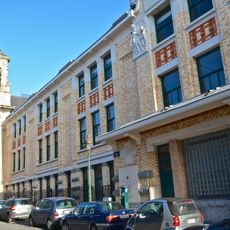
Athénée Robert Catteau
116 m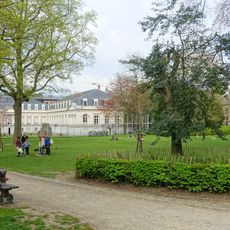
Egmont Park
149 m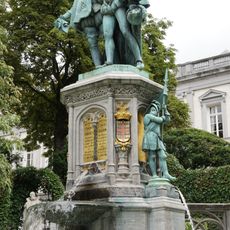
Counts of Egmont and Horn
136 m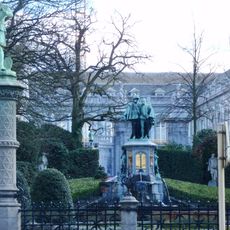
Square du Petit Sablon - Kleine Zavelsquare
131 m
Hôtel de Mérode-Westerloo
172 m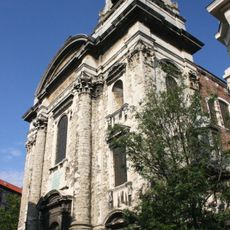
Church of St. John and St. Stephen of the Minimes
159 m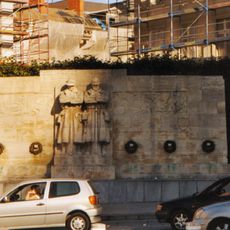
Anglo-Belgian Memorial
177 m
Stichting Auschwitz - Auschwitz in Gedachtenis
65 m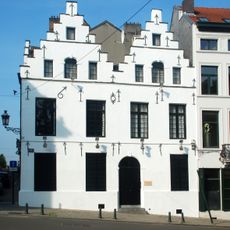
De Koning van Spanje
106 m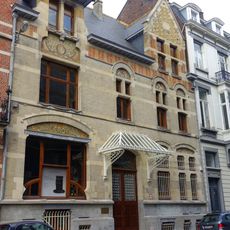
Galerie J & A Leroy Frères
177 m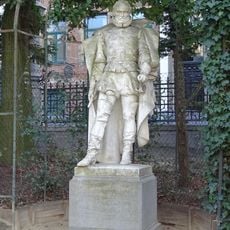
William the Silent
118 m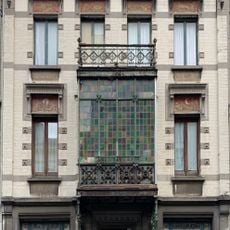
House Baes
67 m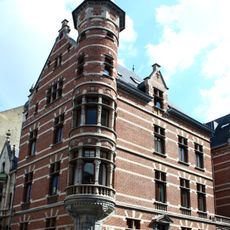
Maison double néo-gothique
169 m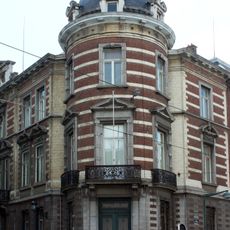
Voormalig Instrumentenmuseum, voormalige woning van de directeur van het Muziekconservatorium
96 m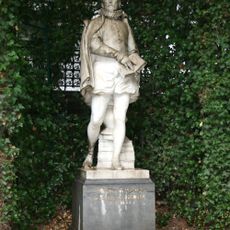
Philips of Marnix, Lord of Saint-Aldegonde
150 m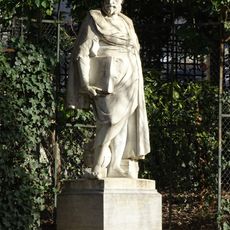
Abraham Ortelius
151 m
Bernard van Orley
151 m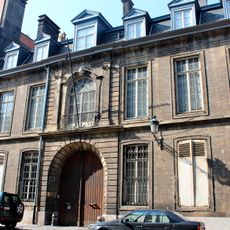
Hôtel de Lannoy
71 m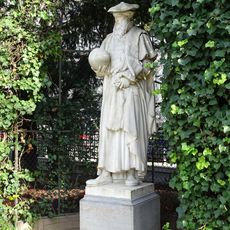
Gerardus Mercator
147 m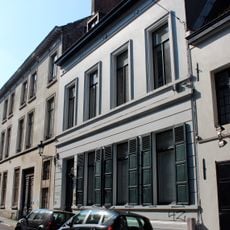
Ensemble d'hôtels de maître néoclassiques
83 m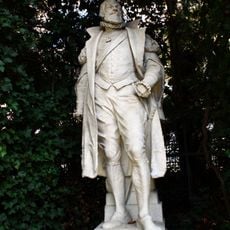
Jean de Locquengien
149 m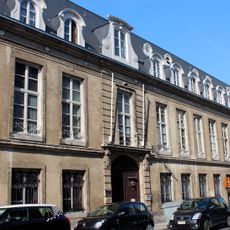
Hôtel de Beaufort
89 m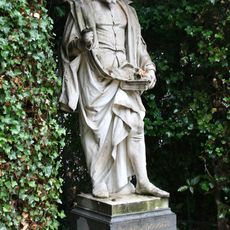
Rembert Dodoens
135 m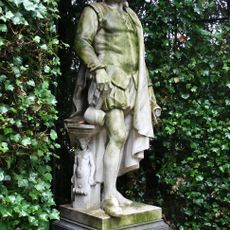
Cornelis Floris
129 m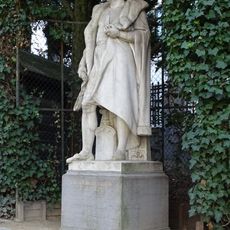
Louis van Bodeghem
120 m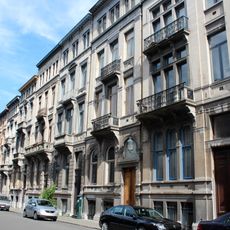
Ensemble de maisons éclectiques
94 m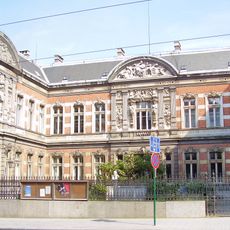
Building of the Royal Conservatory of Brussels
58 m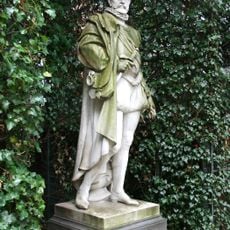
Hendrik van Brederode
124 mReviews
Visited this place? Tap the stars to rate it and share your experience / photos with the community! Try now! You can cancel it anytime.
Discover hidden gems everywhere you go!
From secret cafés to breathtaking viewpoints, skip the crowded tourist spots and find places that match your style. Our app makes it easy with voice search, smart filtering, route optimization, and insider tips from travelers worldwide. Download now for the complete mobile experience.

A unique approach to discovering new places❞
— Le Figaro
All the places worth exploring❞
— France Info
A tailor-made excursion in just a few clicks❞
— 20 Minutes
